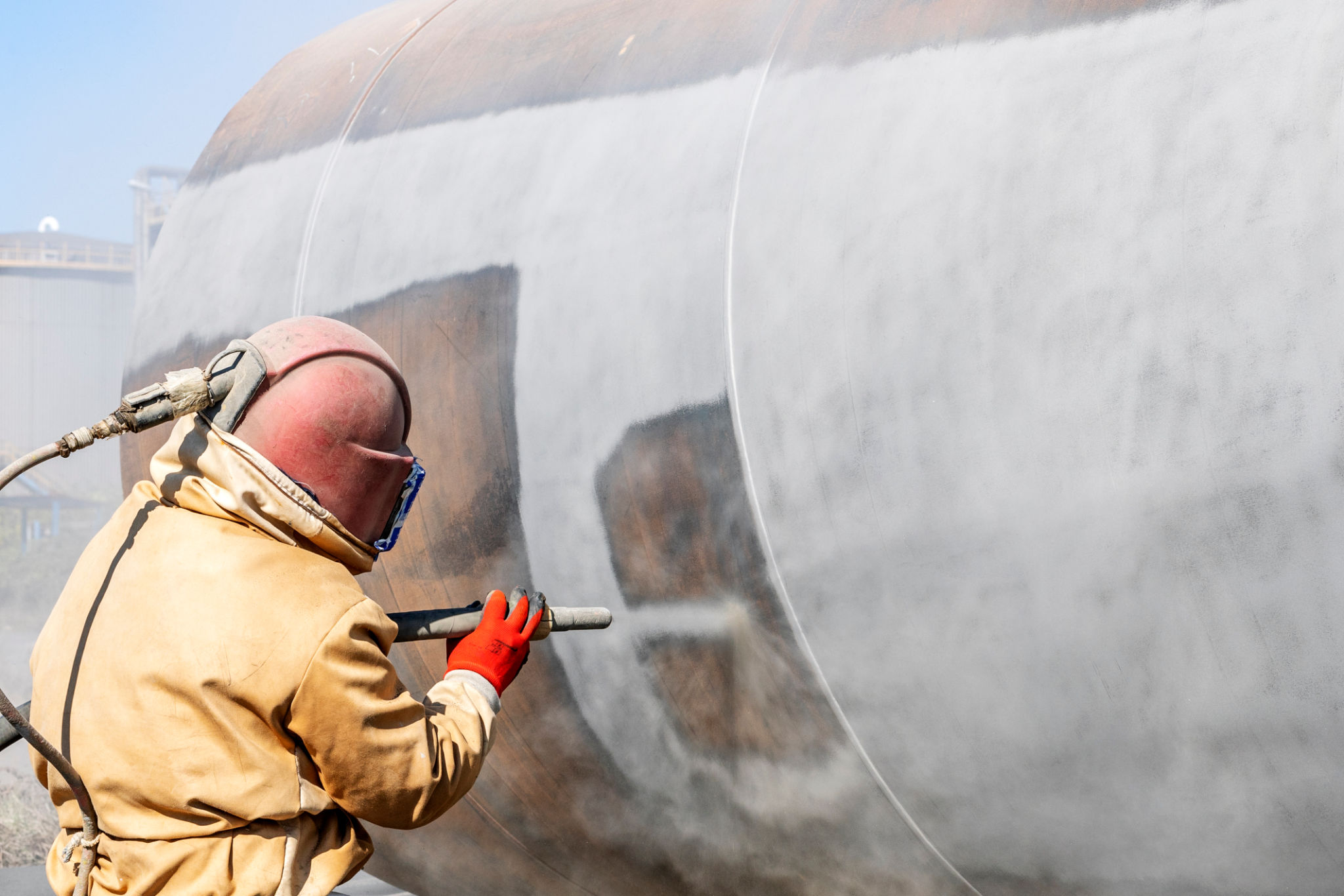A Comprehensive Guide to Pressure Washing in Canadian Climates
Understanding Pressure Washing
Pressure washing is an effective and efficient way to clean various surfaces, from driveways and decks to siding and roofing. In Canadian climates, where weather conditions can be harsh, maintaining the cleanliness and integrity of outdoor surfaces is essential. This guide will help you understand the best practices for pressure washing in these unique conditions.

Choosing the Right Equipment
When it comes to pressure washing, selecting the appropriate equipment is crucial. Canadian climates often require machines that can handle tough stains and withstand cold temperatures. Look for pressure washers with a high PSI (pounds per square inch) and GPM (gallons per minute) rating. A gas-powered washer might be more suitable for larger areas, while an electric one works well for smaller tasks.
Additionally, consider the accessories you'll need. Surface cleaners and extension wands can make reaching high or wide areas easier, while different nozzles can help adjust the pressure and spray pattern to suit various surfaces.
Timing Your Pressure Washing
Timing is everything when pressure washing in Canadian climates. The ideal time to perform this task is during late spring to early fall when temperatures are milder. Avoid pressure washing during freezing temperatures, as water can quickly turn to ice, leading to potential hazards and surface damage.

It's also essential to check the weather forecast before starting a project. Aim for a day with no rain and moderate temperatures to ensure the best results.
Preparing Your Surfaces
Preparation is key to successful pressure washing. Begin by removing any debris, such as leaves or dirt, from the area you'll be cleaning. Cover nearby plants and electrical outlets to protect them from water exposure. If you're cleaning siding, make sure to close all windows and doors securely.
For surfaces with mold or mildew, pre-treat them with a suitable cleaning solution. Let it sit for the recommended time before proceeding with pressure washing. This step helps loosen stubborn stains and reduces the amount of pressure needed, preventing potential damage.

Pressure Washing Techniques
Effective pressure washing requires the right technique. Start by holding the nozzle at a safe distance from the surface — usually about 18 inches — and test on a small, inconspicuous area first. Move in a consistent, sweeping motion to avoid streaks or uneven cleaning.
- For concrete surfaces, use a higher pressure setting and a wider spray pattern.
- For softer surfaces like wood or vinyl siding, opt for a lower pressure setting.
Post-Washing Care
After pressure washing, take time to inspect the cleaned areas for any missed spots or damage. If necessary, perform touch-ups using a lower pressure setting. Ensure surfaces are fully dry before removing protective coverings from plants or outlets.
Regular maintenance after pressure washing can prolong the cleanliness of your surfaces. Sweep away debris regularly and consider applying a sealant to protect against future stains.
Conclusion
Pressure washing can dramatically enhance the appearance of your home’s exterior and extend the life of your outdoor surfaces. By understanding the unique challenges of Canadian climates and following these best practices, you can achieve professional-quality results safely and effectively.
Whether you're a homeowner or a professional cleaner, this comprehensive guide will serve as a valuable resource for all your pressure washing needs in Canada.
